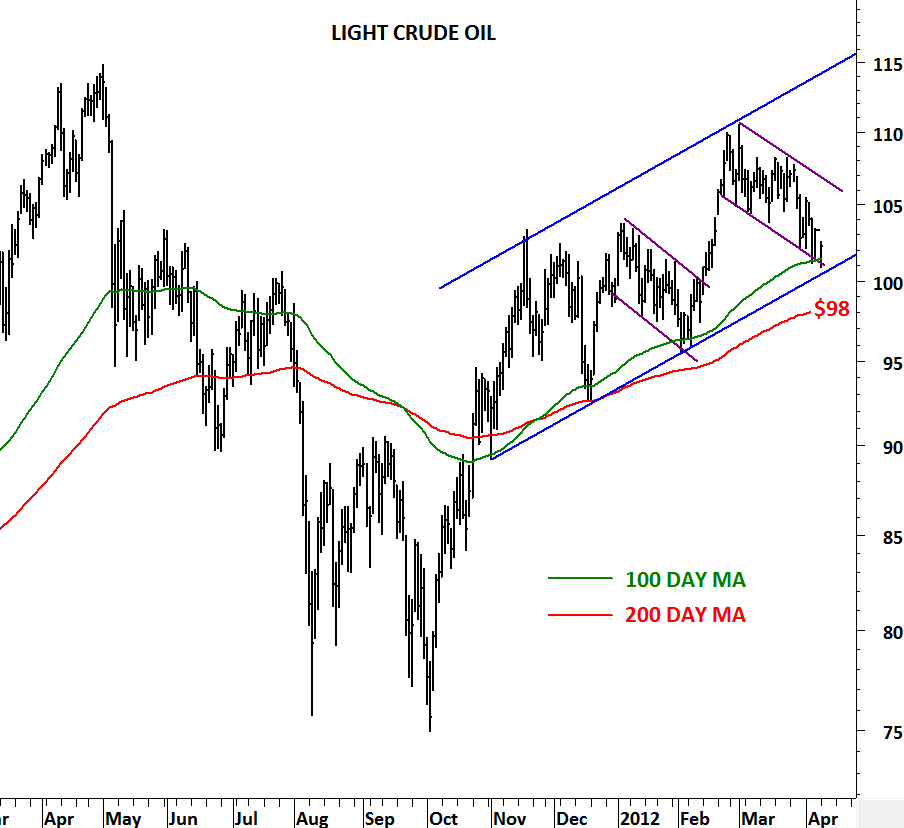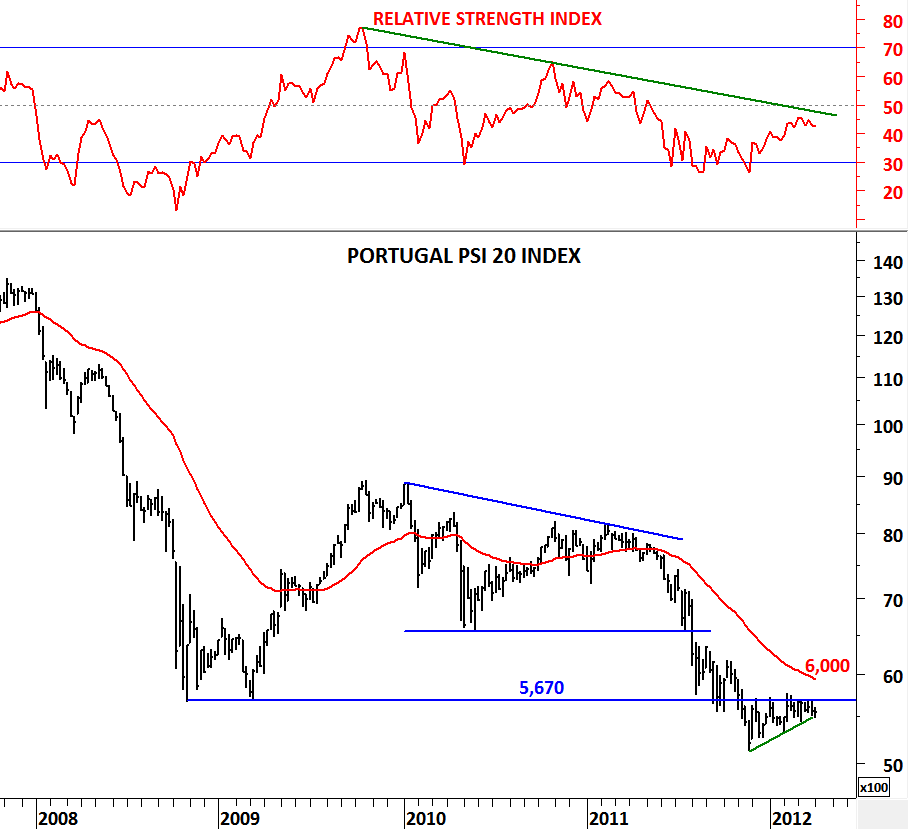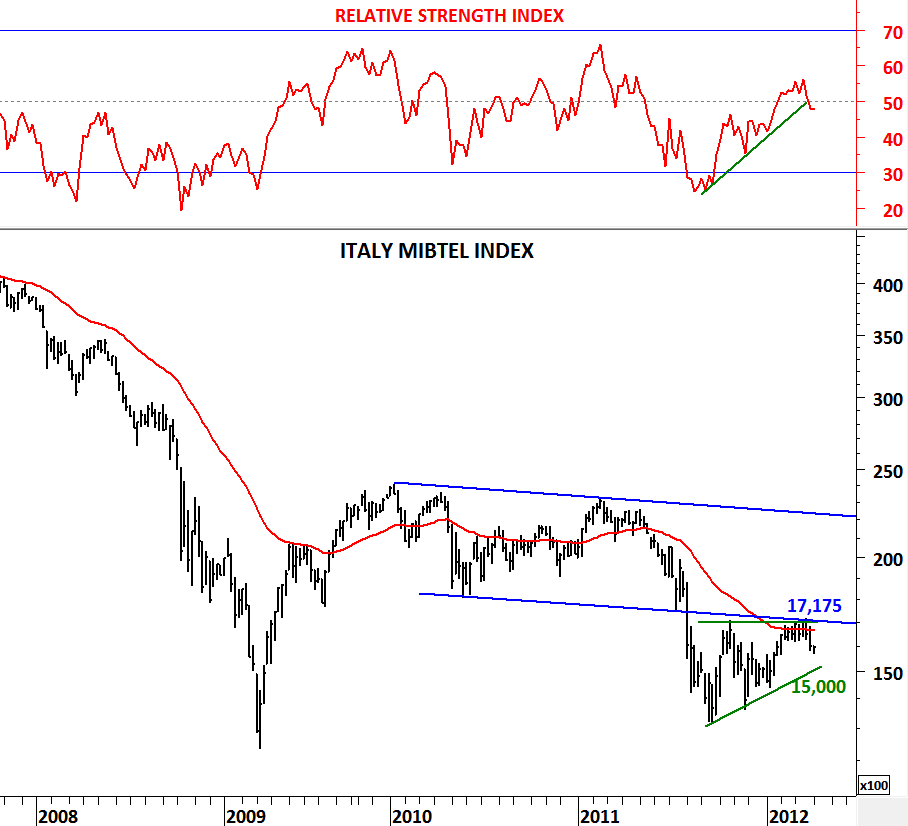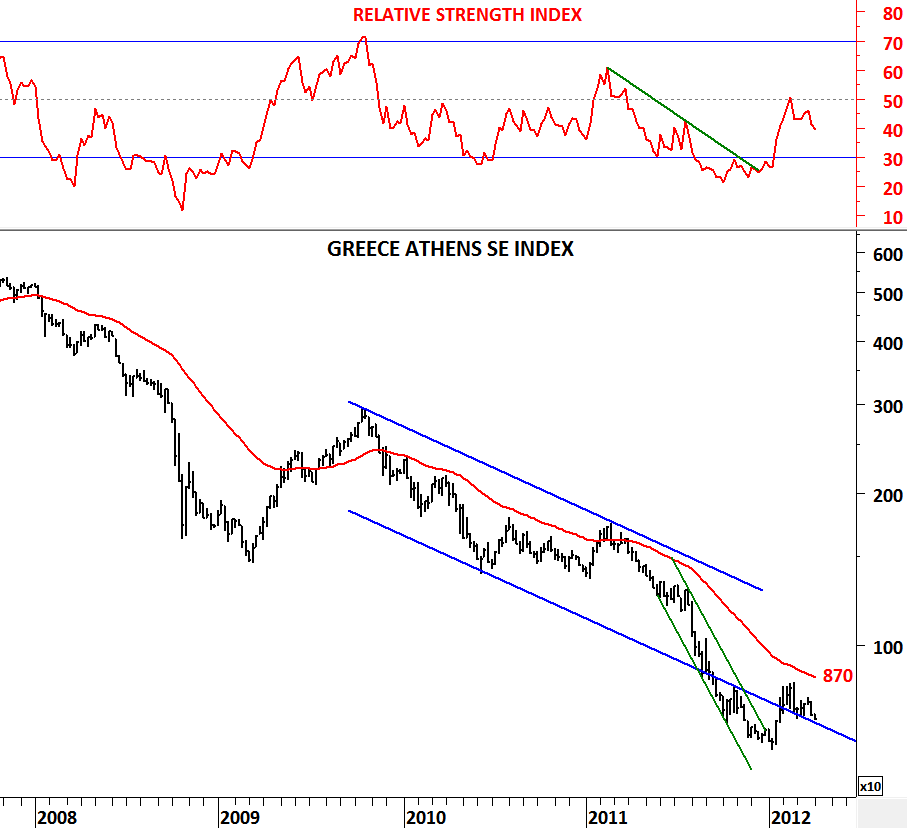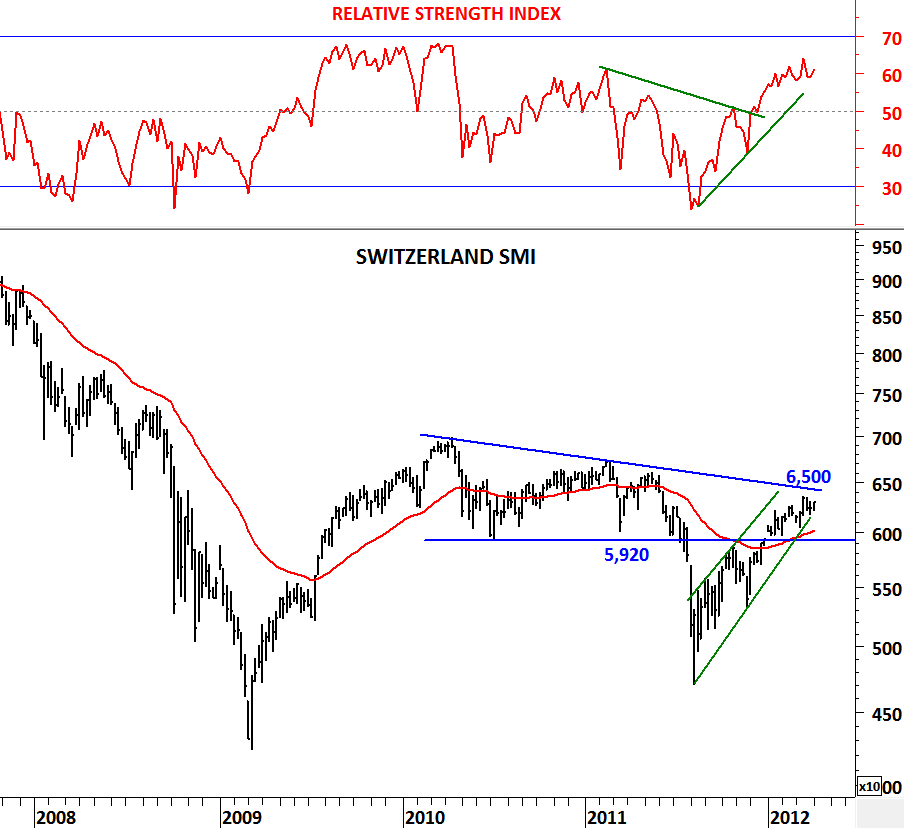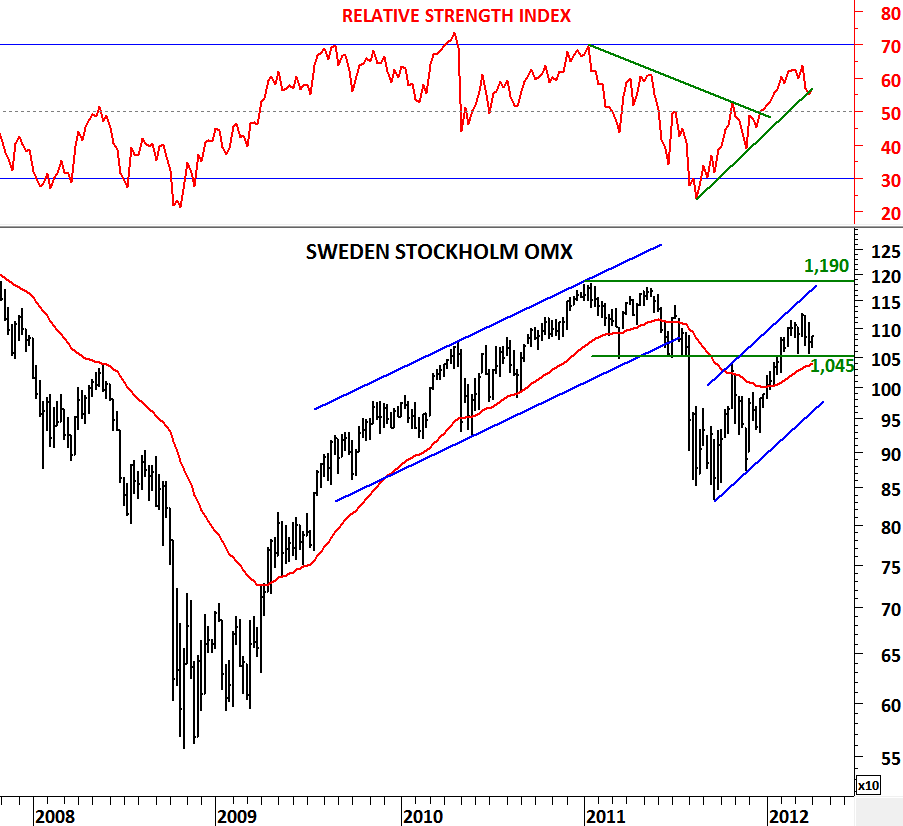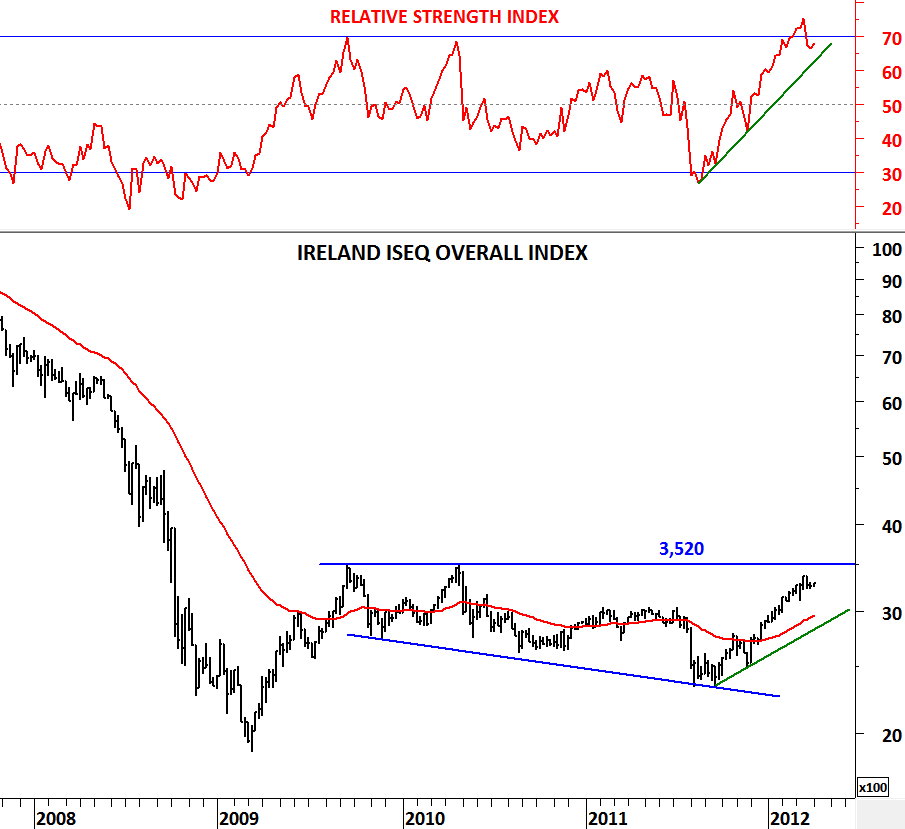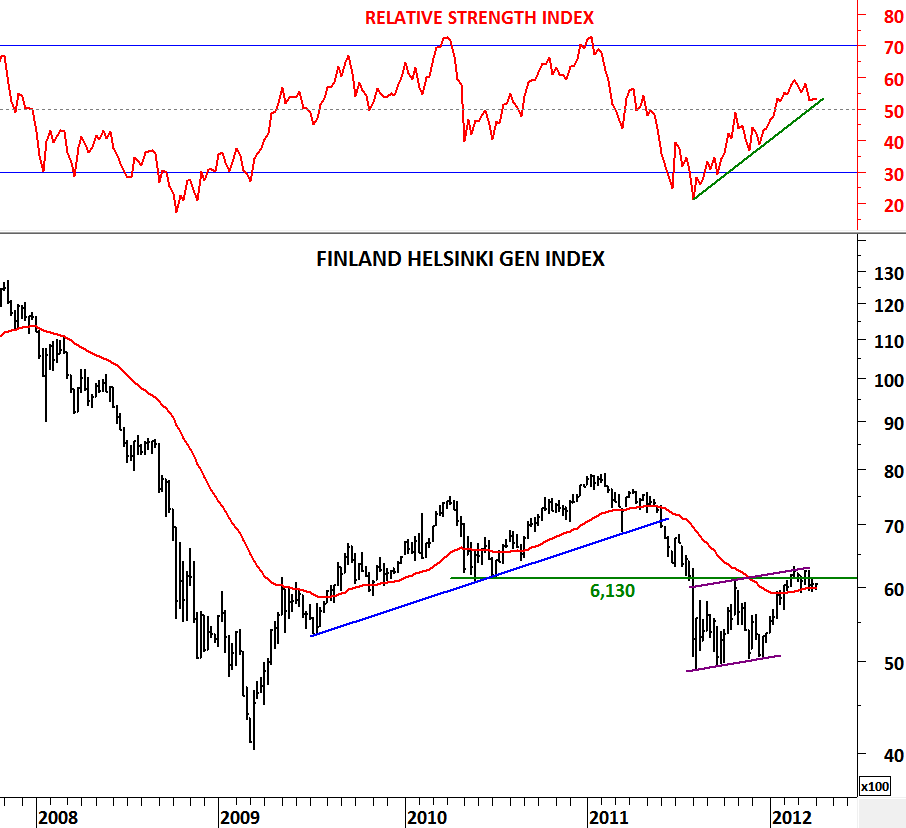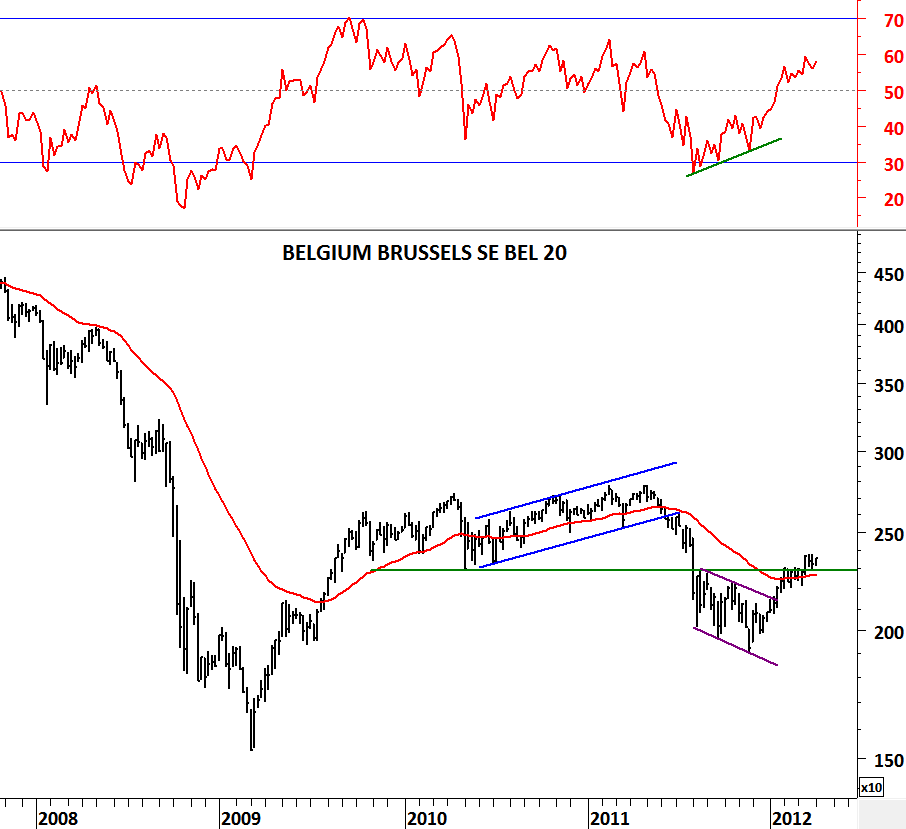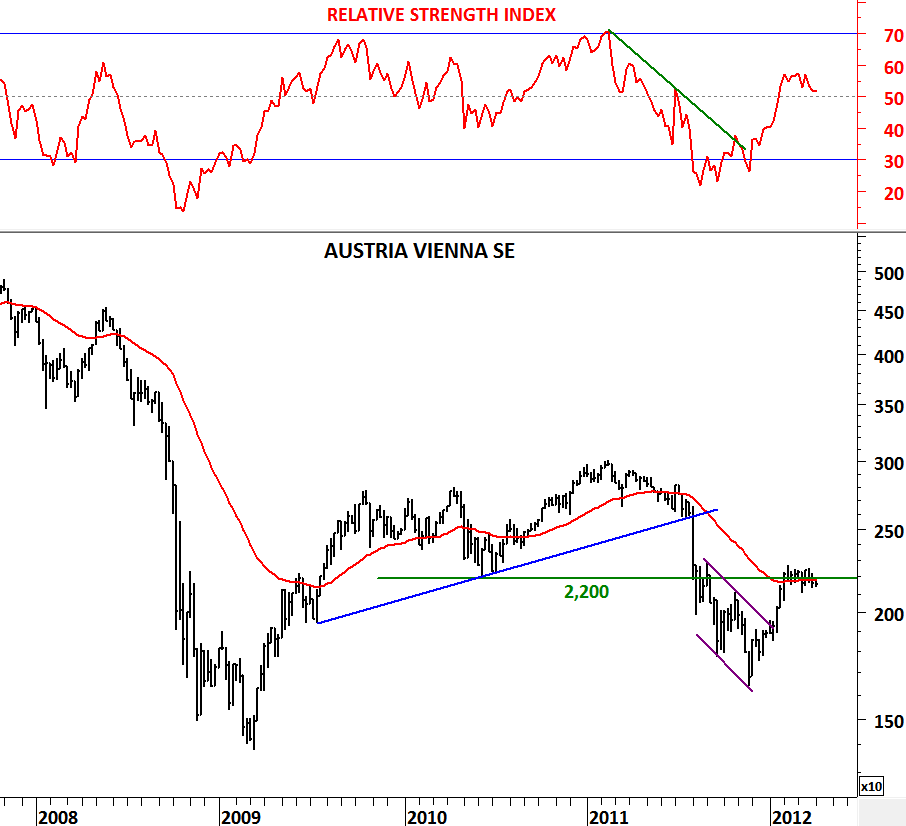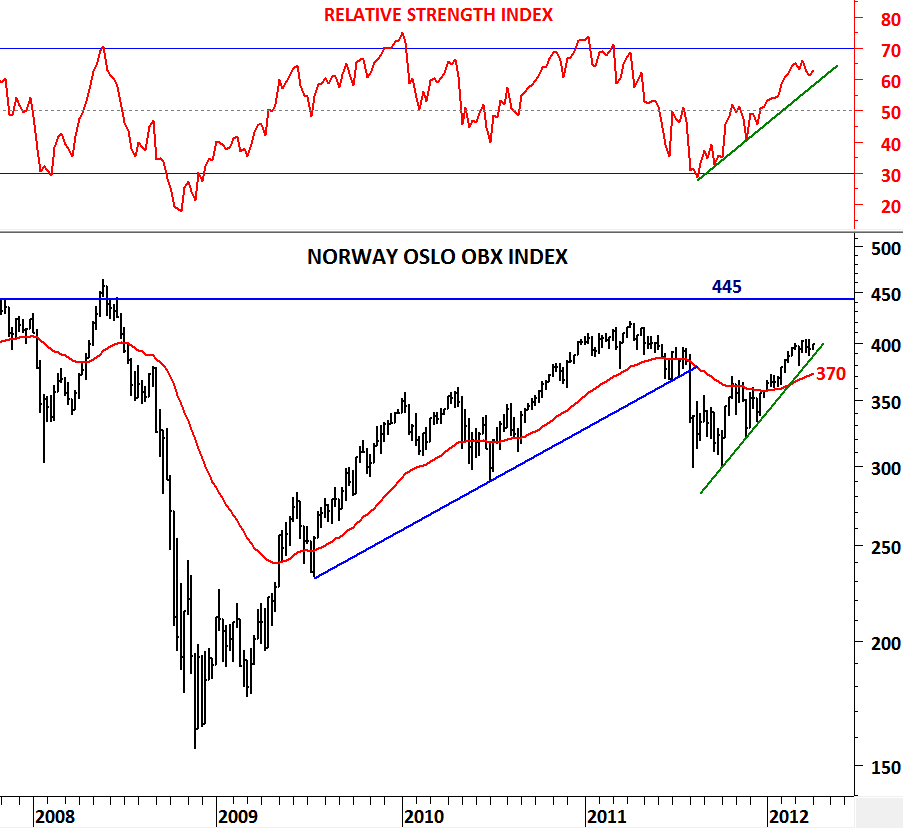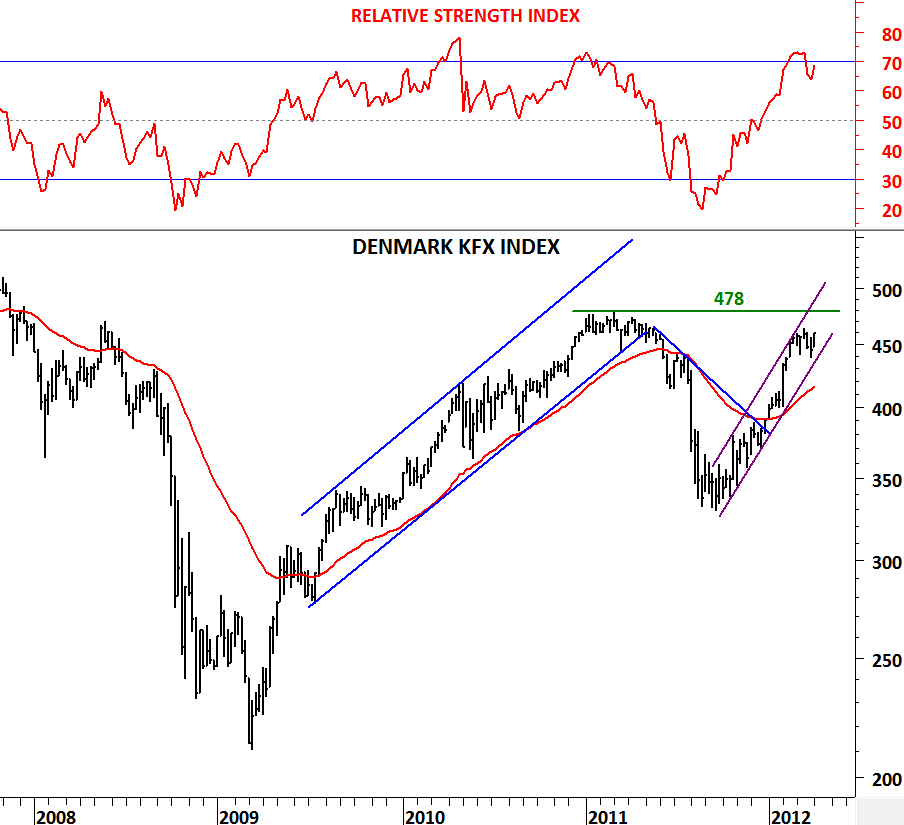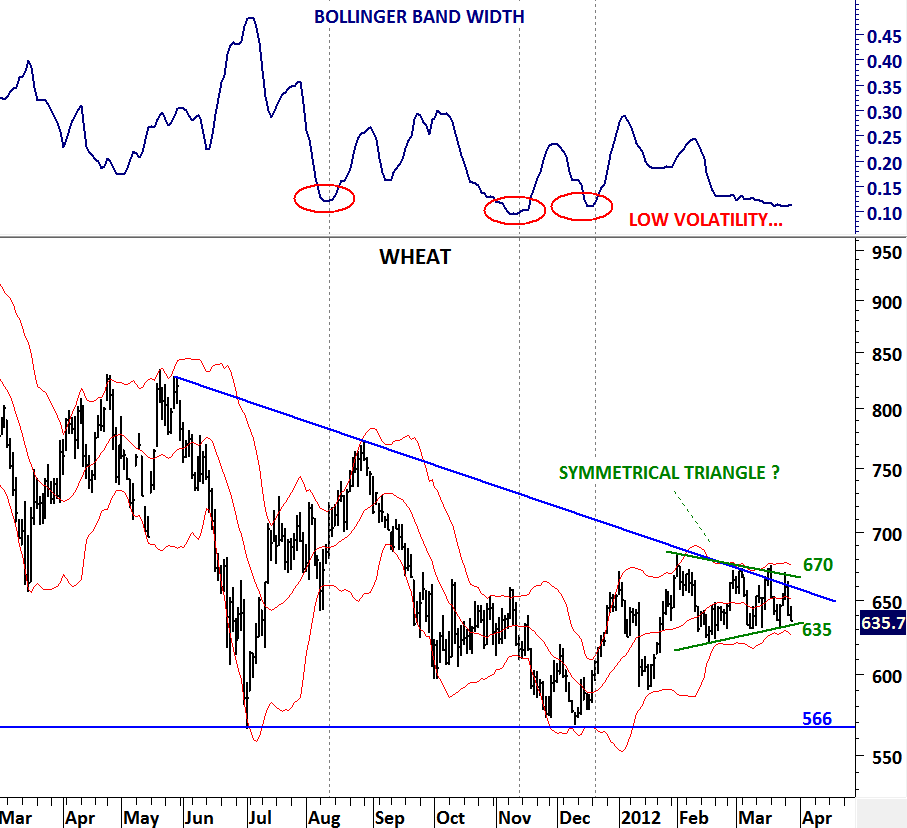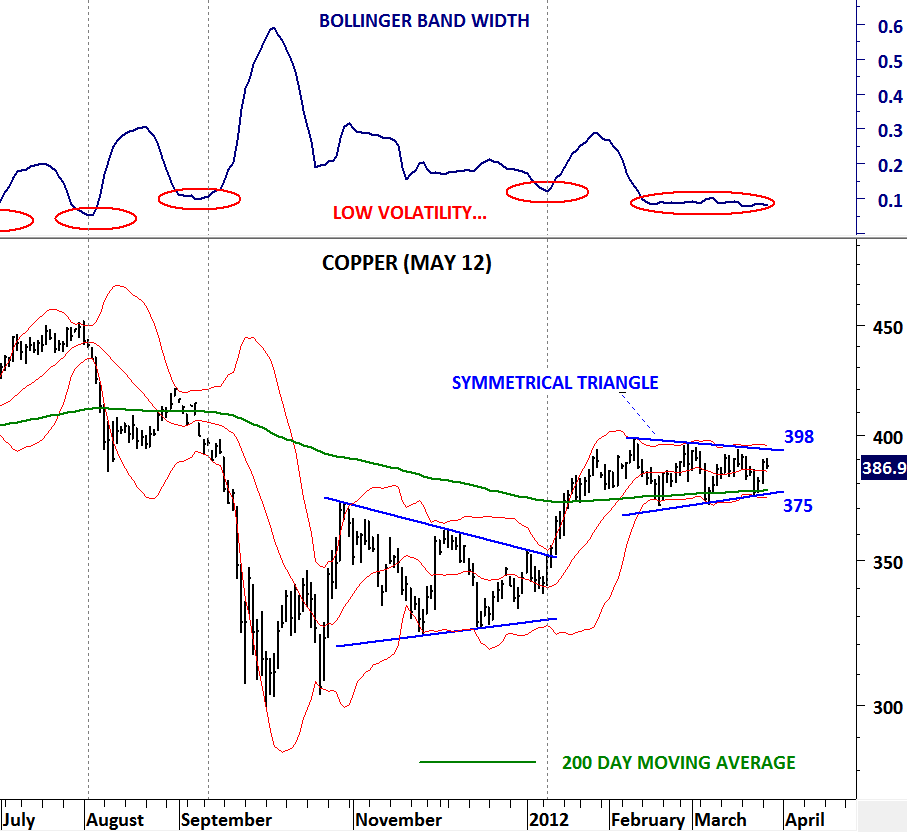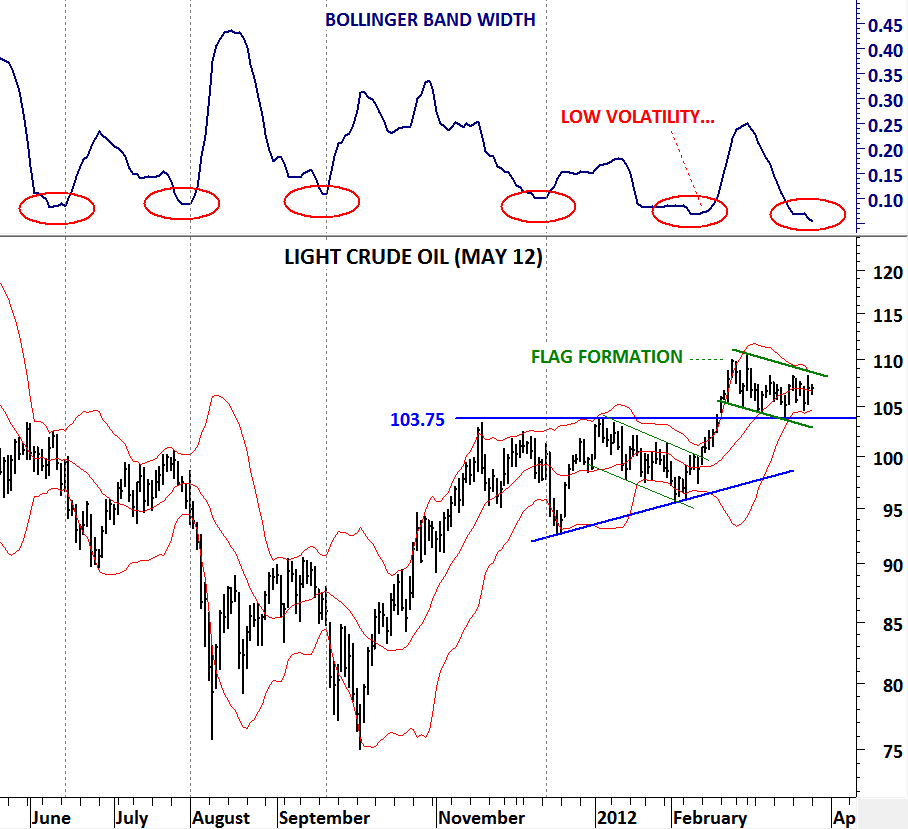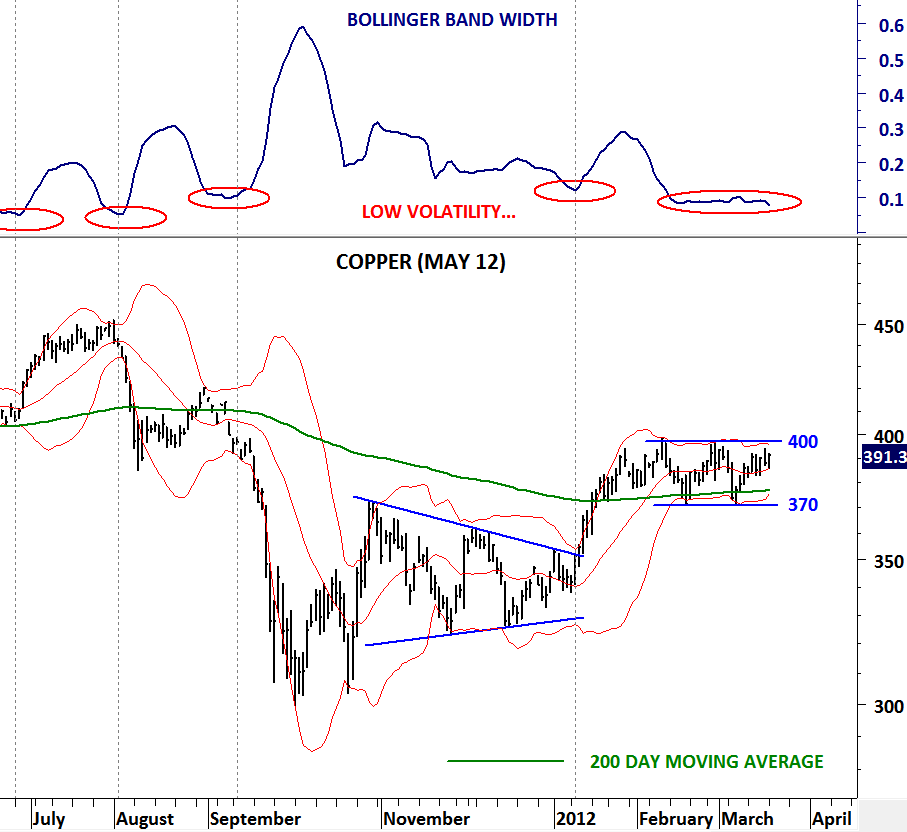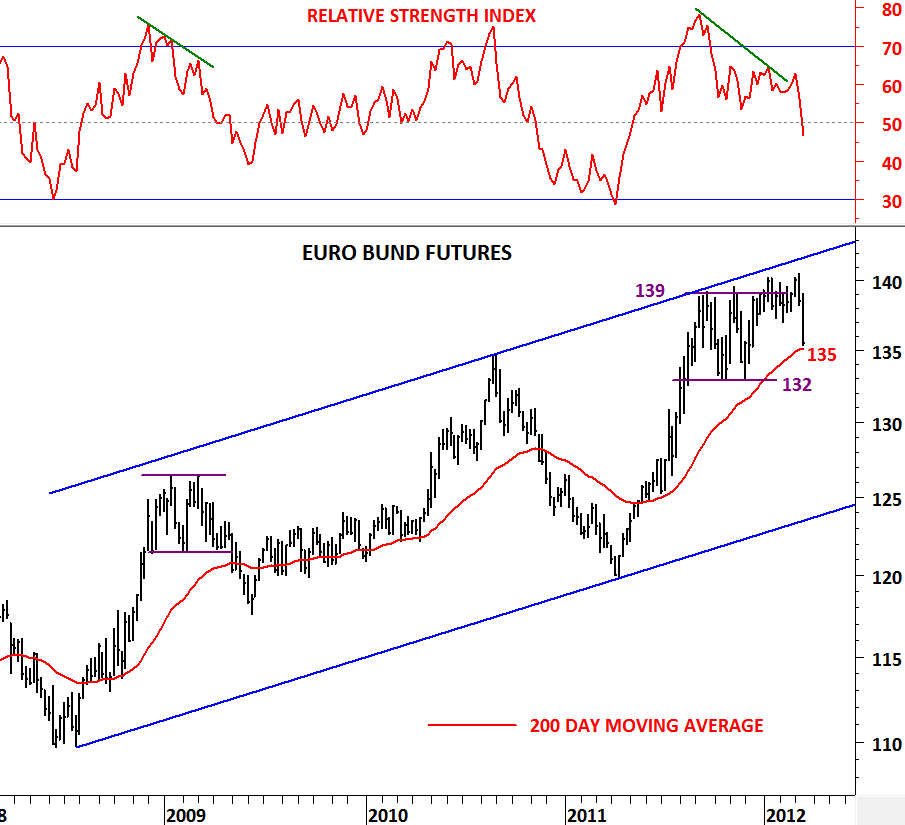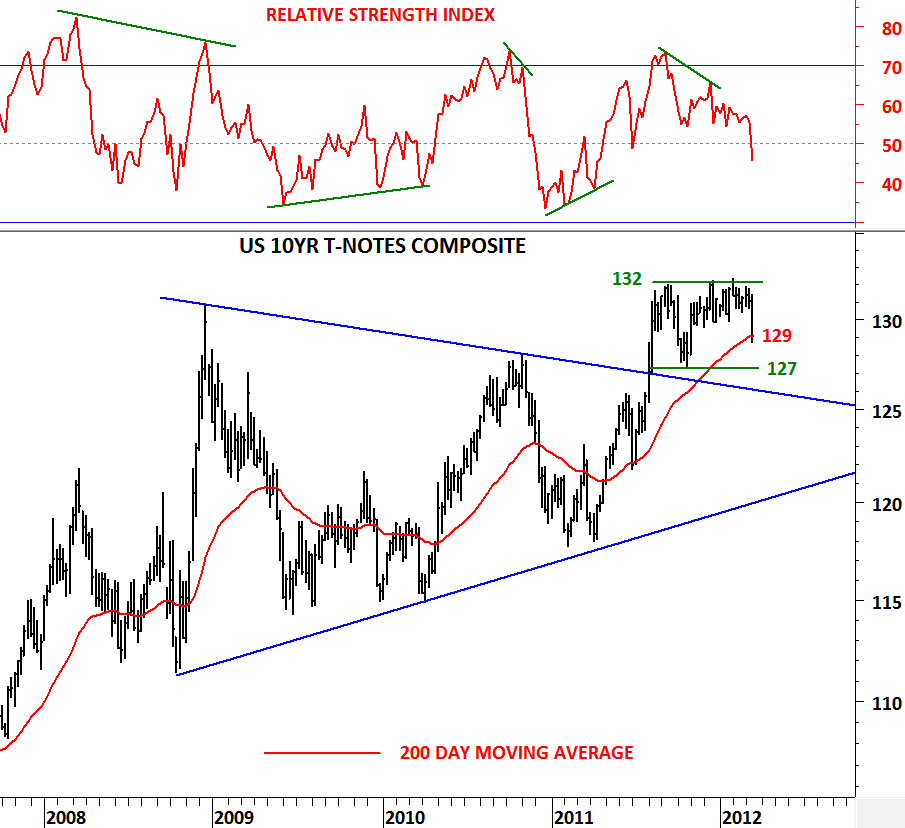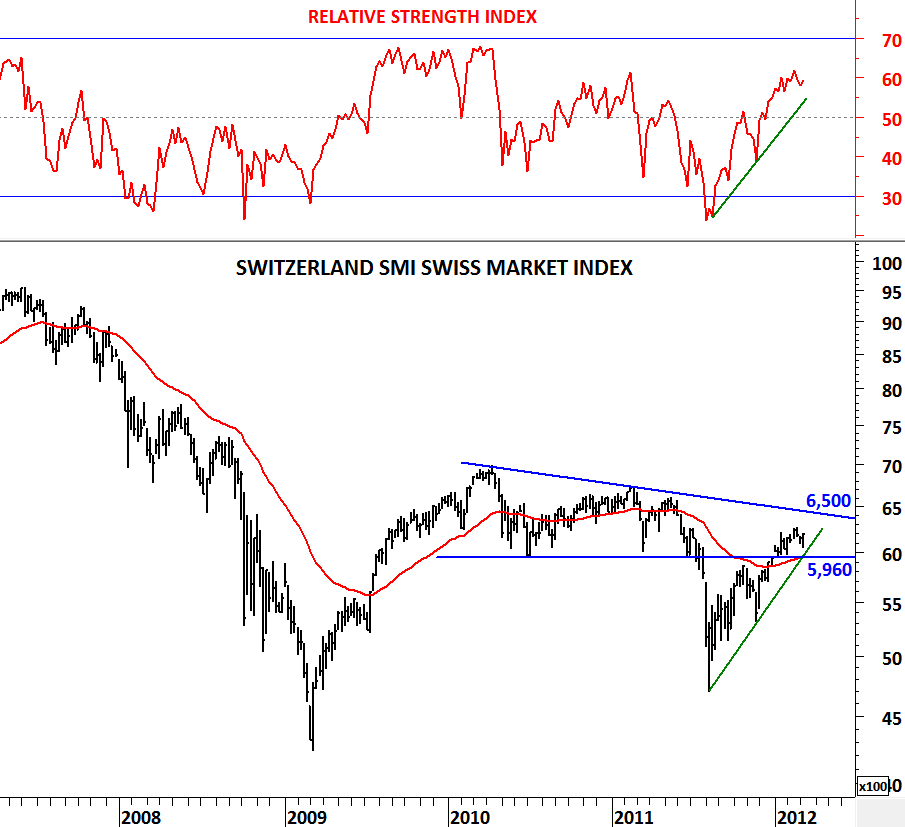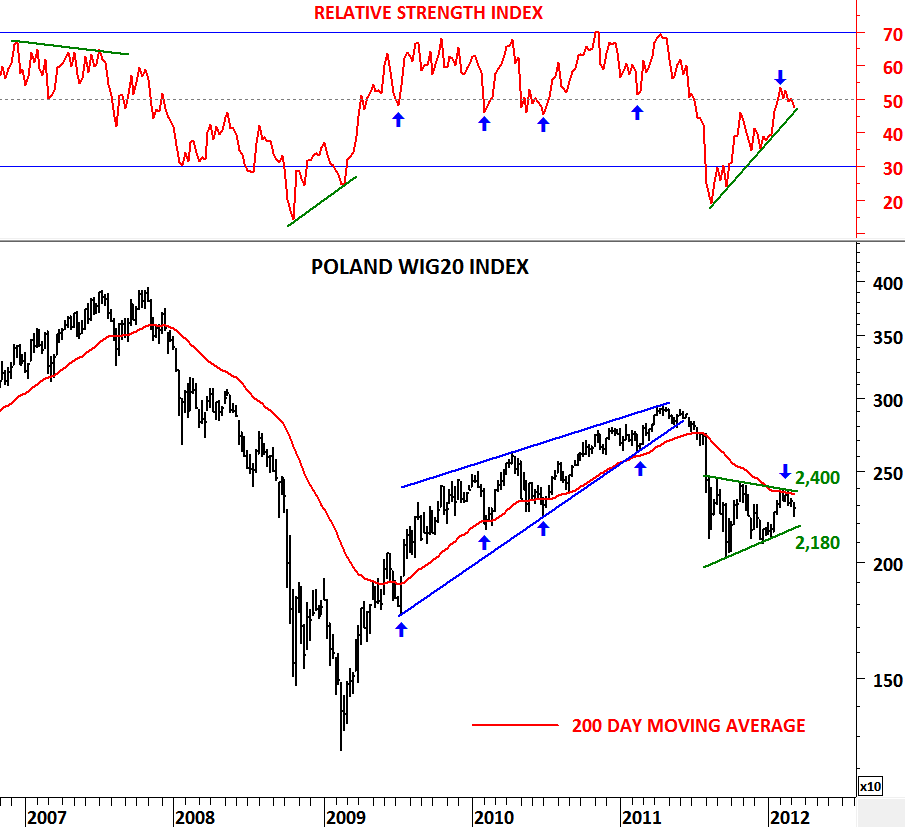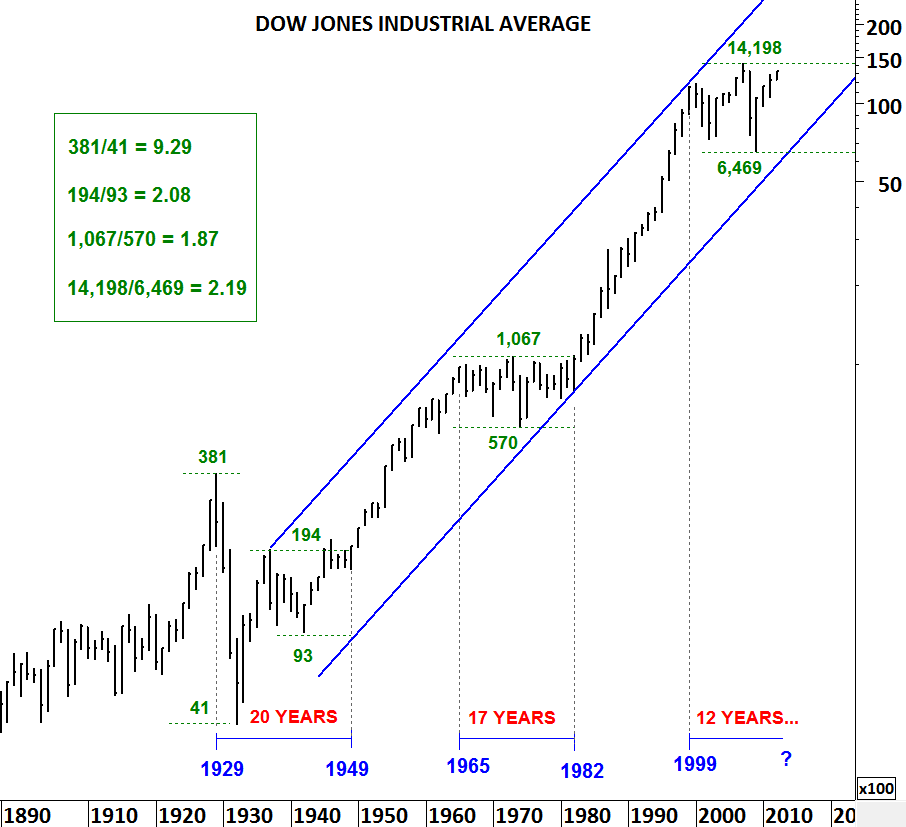
In the past few weeks we have been reading divided opinions on equity market performance. There is definitely no consensus on the bull market or the bear market. I read several articles suggesting it’s time for a stock market correction supported by reasonable arguments and several suggesting it’s time to buy equities. When public opinion is divided as it is in today’s market conditions, it means the markets are actually in a “corrective period”. Because it is the bull or bear market that has a direction and as a result a consensus. A trendless market doesn’t create a firm public opinion. You might ask what kind of “corrective period” is this that took us from 7,000 levels to 13,000 levels? Well the chart above puts these arguments into perspective and helps you understand and calculate the odds of both arguments happening in the following months.
Dow Jones Industrial Average is in a long-term correction. It is a similar correction to the one the index experienced between 1965 and 1982. At that time Dow Jones Industrial Average consolidated between 1,067 and 570 levels for 17 years! Dow Jones Industrial has been consolidating in a wide range since the beginning of 1999. And in this consolidation period it is now approaching to the upper side of its range. When compared with 2009 levels when the index was around 7,000 levels, market is now overextended and close to 14,000 levels.
So the arguments suggesting higher prices are betting that Dow Jones Industrial Average has completed its long-term correction and is likely to break above historical high levels and move to new all time highs.
Arguments suggesting a possible stock market correction are betting that the long-term consolidation is not over yet and the index is closer to its upper boundary which should eventually push prices lower.
If you were to make a decision by looking at this long-term chart which argument would you give more weight?

